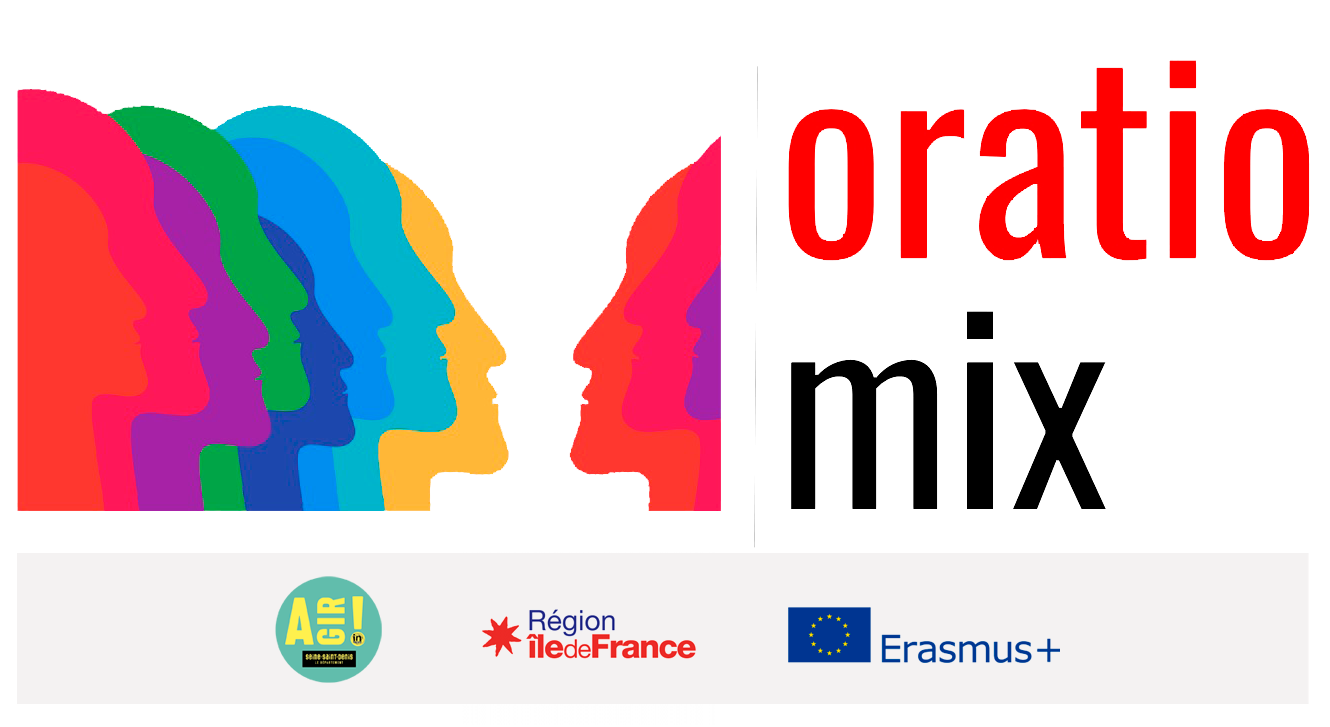Workshop 5 : The sharing
Setting up: what do we need?
-Material requirements: story and illustrations of Pebble soup
-Beforehand: ask the pupils to draw the story their parents liked best when they were children.
The participants
Nursery school pupils aged between 4 and 7, with a maximum group size of 30.
Teachers
School teachers, educators, drama teachers.
Aims of this workshop
discover that the same story can have different versions
learn to share a story (listening and retelling)
Time required
45 minutes
How it works
This workshop uses techniques from the plastic arts
Aim
At the end of the session, the children will have :
realised that a story depends on the person telling it
Work on their listening and speaking skills in public
1. Start of session
The clap
In a circle, the children pass a clap to the person next to them (clapping hands) as they go round the circle. For the clap to be passed, the pupils must look each other in the eye before clapping their hands!
2. Another version of Pebble soup
The teacher reads the pupils the version of Pebble soup in the appendix, with the help of the illustrations provided.
The teacher then asks the pupils questions to help them identify the differences in the way the story is told in the two versions:
Who are the characters?
Where does the story take place?
Why are the animals/villagers scared?
How is the soup made in each version?
How does the story end?
3. Parents' stories
Each child’s drawings of the stories they have collected from their parents are displayed. The class is first allowed to look at the drawings. Then ask if any of the children recognise any of the stories in the drawings. The pupils are asked to describe what they see on those that have not been recognised. Point out the differences in the way the drawings illustrate the same story. In this way, we should be able to go through each drawing, and therefore have heard each pupil who will validate or invalidate a suggestion, and even tell the story so that their classmates can discover it if necessary.
4. Closing ritual
Clapping
The leader stands in front of the other members of the group so that everyone can see him or her. He or she places his or her arms horizontally and claps his or her hands above his or her head. The others must follow suit, respecting his or her rhythm. Then, little by little, he/she will speed up until there is applause.
